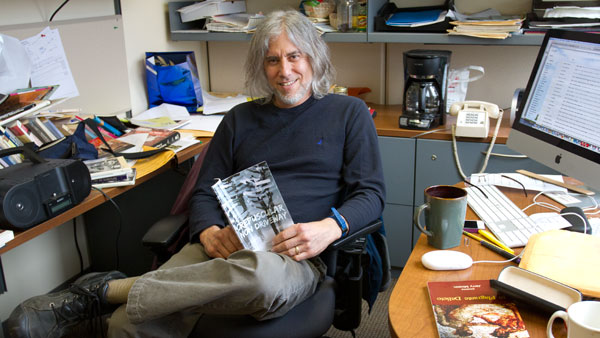Viewers will be hard pressed to find a recent film as mesmerizing as “Winter’s Bone.” Just as plucky, practical protagonist Ree cannot help getting drawn into the sordid events surrounding her father’s disappearance, the viewer is inexplicably drawn into this heartrending and wholly realistic film.
At only 17, Ree must care for her two younger siblings and sick mother. They will lose their land if her father does not show for court for drug crimes, including making crystal meth. Her struggle to find him in the tight-lipped community is told without overt pity or woe-is-me sentimentality. Instead, co-writers Debra Granik and Anne Rosellini create a beautiful tale of everyday perseverance.
The role of women in the movie is worth noting. “Winter’s Bone” is written and directed by women and dominated by Jennifer Lawrence’s powerful performance as Ree. At the same time, the story focuses on a society where women are often treated much in the same manner as the cattle that are a visual mainstay throughout the film; they are belittled, grabbed, studied and bullied.
Yet, within this world, women are subtler, stronger and often able to outwit their men — especially the wise-beyond-her-years Ree. This multifaceted view of women’s lives lend the film an even greater authenticity. Though the involvement of so many women behind the camera is not the sole reason for such realistic portrayals, it certainly helps.
Lawrence does not merely play Ree, she is Ree. She is strong but vulnerable, portraying the spectrum of emotions of a teenage girl. She shows wistful longing as she watches her former classmates at school. She is defiant toward those unwilling to aid her quest yet produces sincere gratitude for the kindness her poor family receives. Lawrence brings the audience from merely hoping to knowing Ree will persevere.
Casting directors Kerry Barden, Heather Laird and Paul Schnee cast other pitch-perfect actors. John Hawkes (Teardrop), Lauren Sweetser (Gail) and Dale Dickey (Merab) all stand out. Teardrop’s move from frightening abuser to unhinged defender is carefully played, and Gail is never too sweet as she cares for her friend. Most revelatory is Merab, who in her first encounter with Ree experiences such varied emotions — anger, dominance, worry, alarm and awe — in just a matter of moments.
The underplayed song choices by music editor Dan Evans Farkas and the original score by Dickon Hinchliffe complete the dark tone of the film. Songs played and sung by Missouri locals, where the movie was filmed, pepper the movie with creativity. The complementary score — primarily low, drawn-out notes of string instruments — stays in the background of most scenes, building a sense of anxiety and unease.
“Winter’s Bone” is a rare film where the layers of detail are so nuanced they become practically invisible, creating a story so strong and focused it is impossible to leave unmoved by the experience shared with the characters.
“Winter’s Bone” was co-written by Debra Granik and Anne Rosellini (based on the novel by Daniel Woodrell) and directed by Granik.




